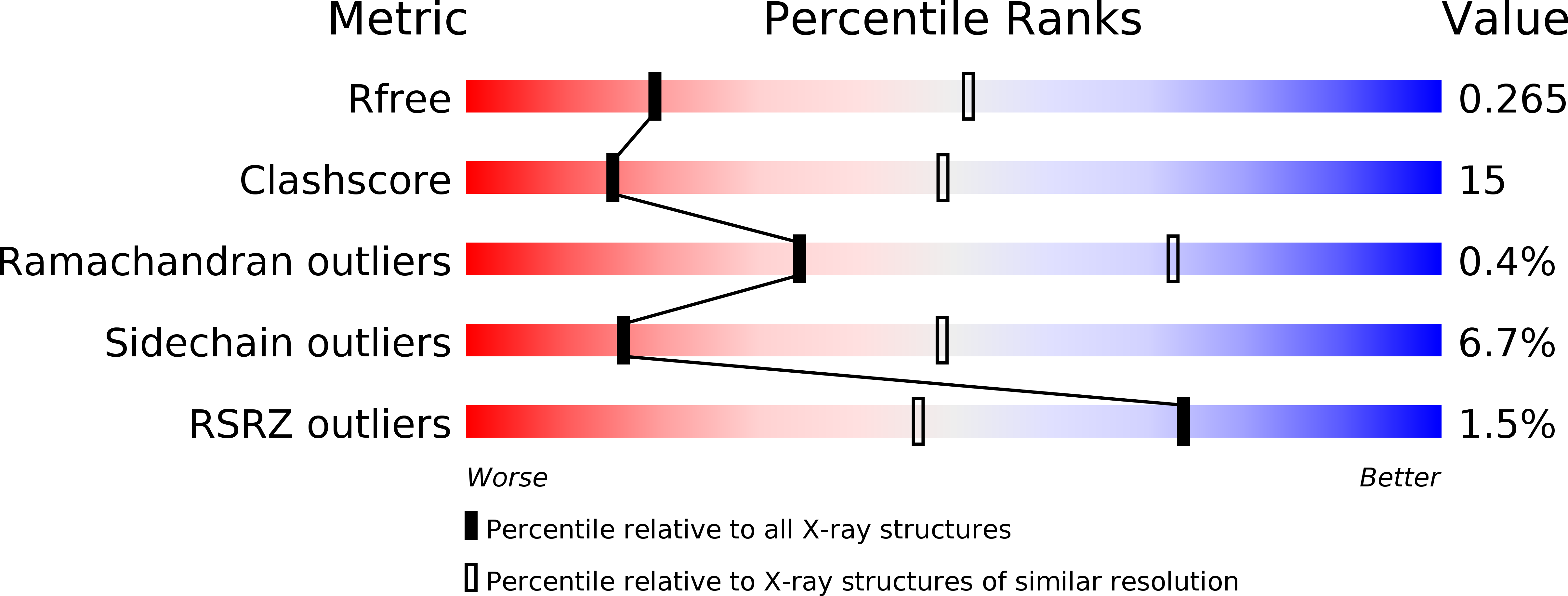
Deposition Date
2011-09-04
Release Date
2011-11-09
Last Version Date
2024-10-30
Entry Detail
PDB ID:
3TOA
Keywords:
Title:
Human MOF crystal structure with active site lysine partially acetylated
Biological Source:
Source Organism:
Homo sapiens (Taxon ID: 9606)
Host Organism:
Method Details:
Experimental Method:
Resolution:
3.00 Å
R-Value Free:
0.26
R-Value Work:
0.24
R-Value Observed:
0.24
Space Group:
P 21 21 21


